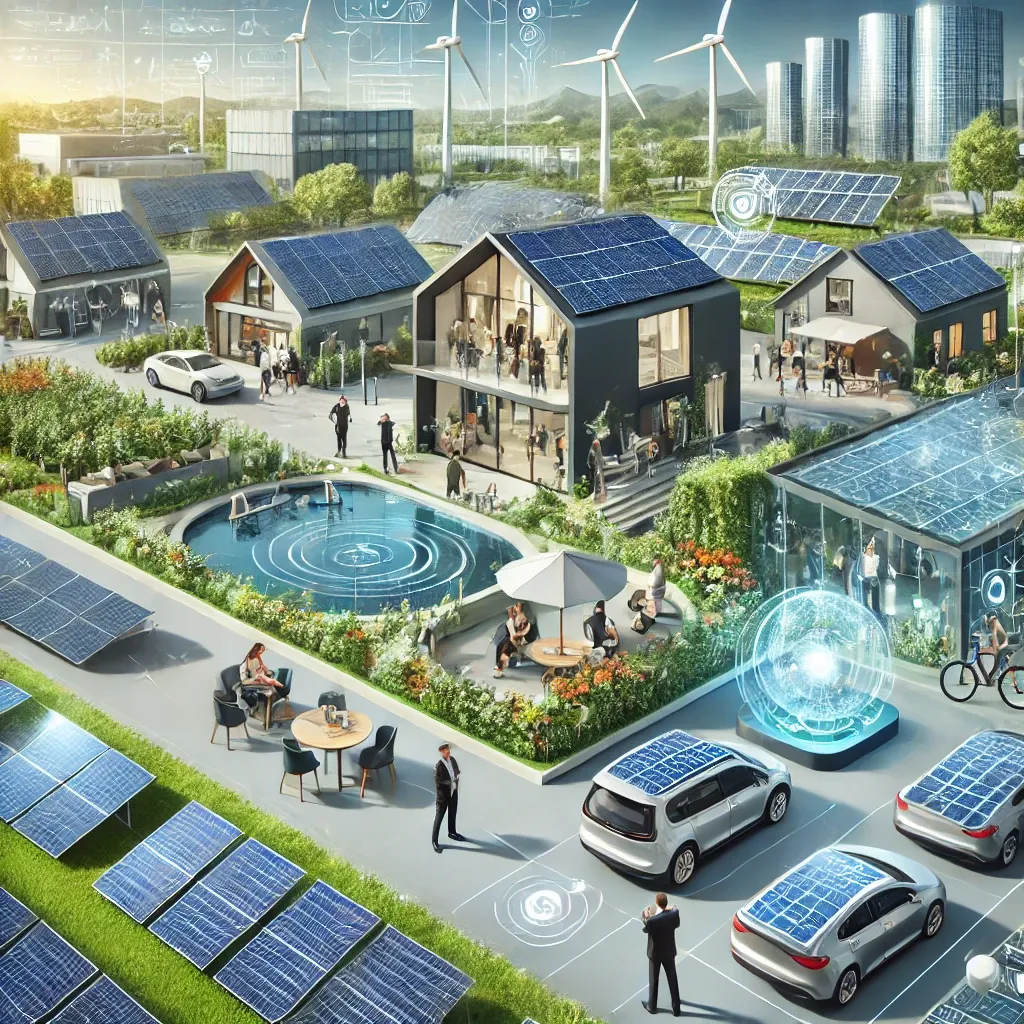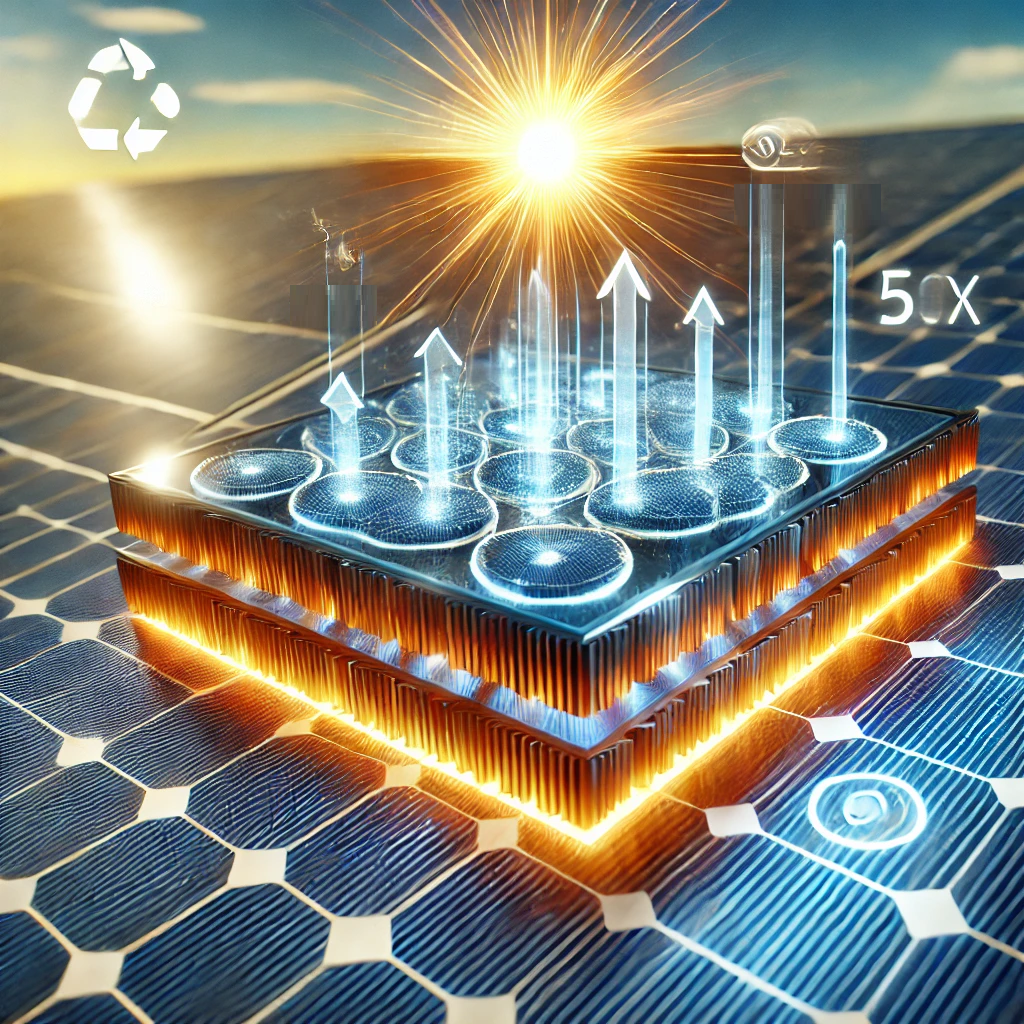Solar Energy Advances (All Articles)

What are the New Developments in Solar Panels?
New solar panel technologies, like higher efficiency materials, bifacial panels, and flexible designs, boost energy output and reduce costs. These innovations make solar power more practical and accessible, lowering our reliance on fossil fuels and benefiting the environment. How can these advancements in solar technology lead to a more sustainable future? Read the full article to learn more.
CLICK HERE!
How solar panels work?
Solar panels convert sunlight into electricity using photovoltaic (PV) cells made from silicon. These cells absorb sunlight and generate an electric current, with monocrystalline panels being the most efficient, converting up to 22% of sunlight. Solar energy can significantly reduce electricity costs and carbon emissions, making it a key player in the fight against climate change. How do you think the growing adoption of solar panels will impact global energy production? Read the full article for more insights.
CLICK HERE!
How do photovoltaic cells work?
CLICK HERE!
